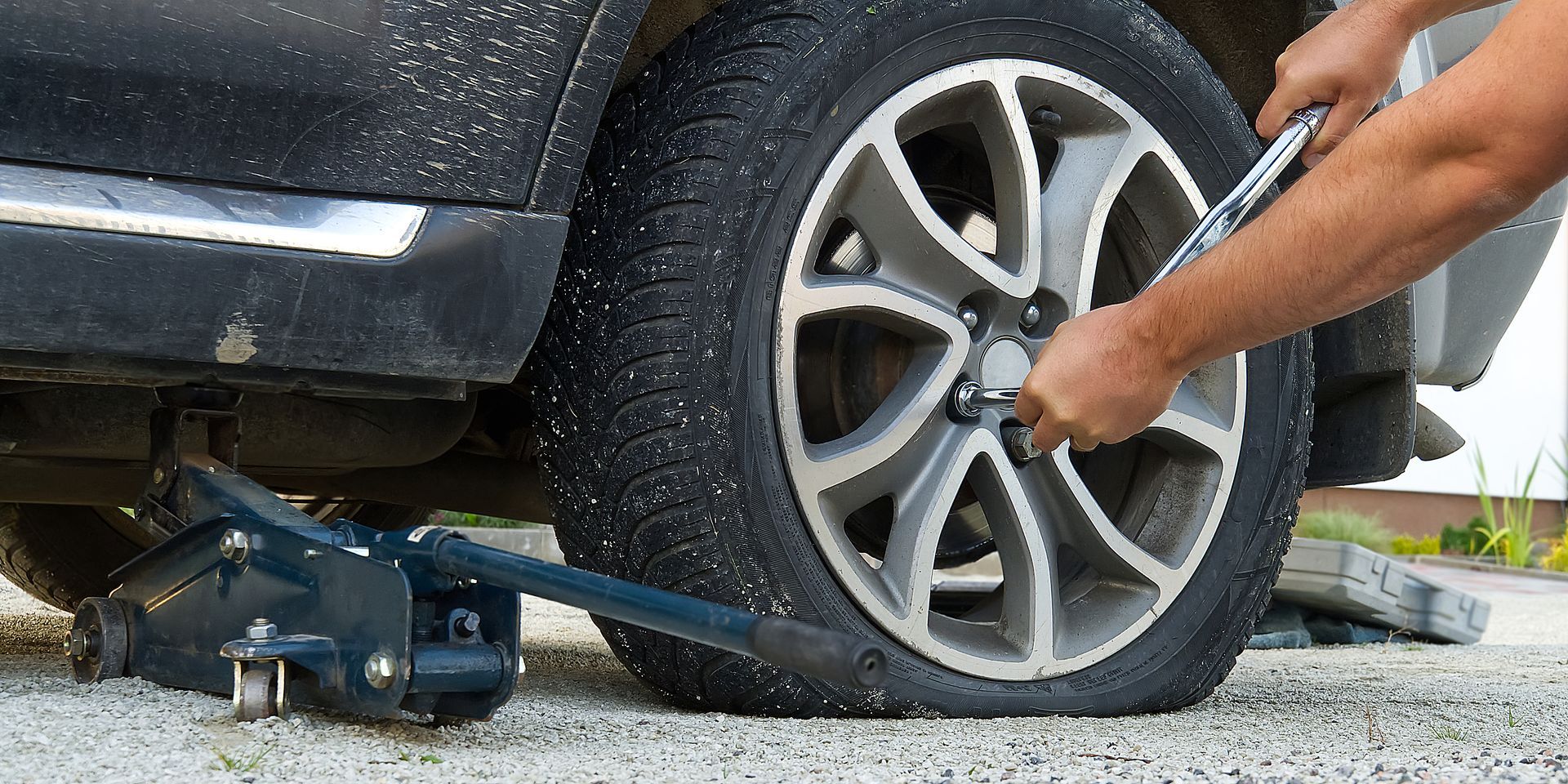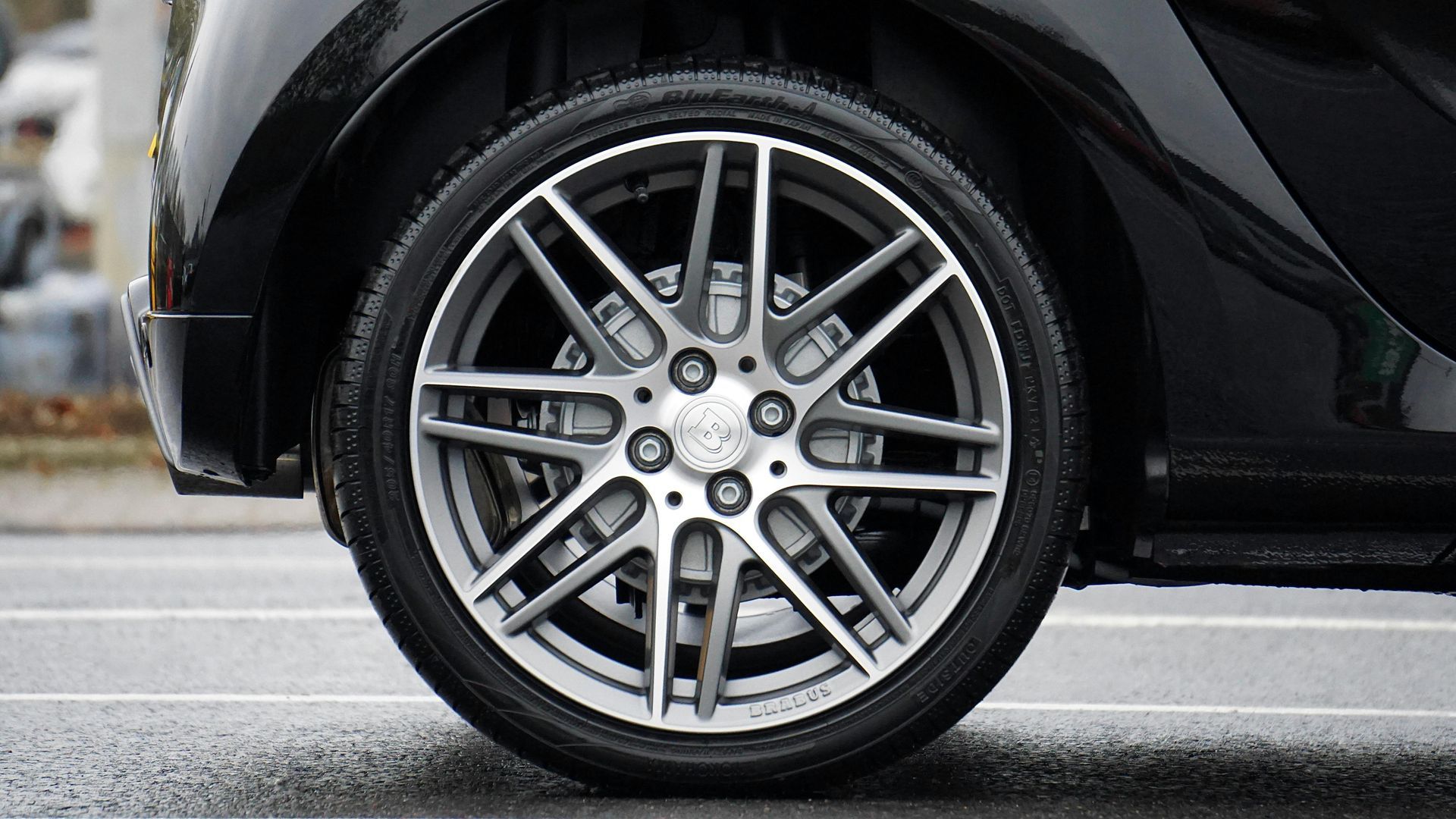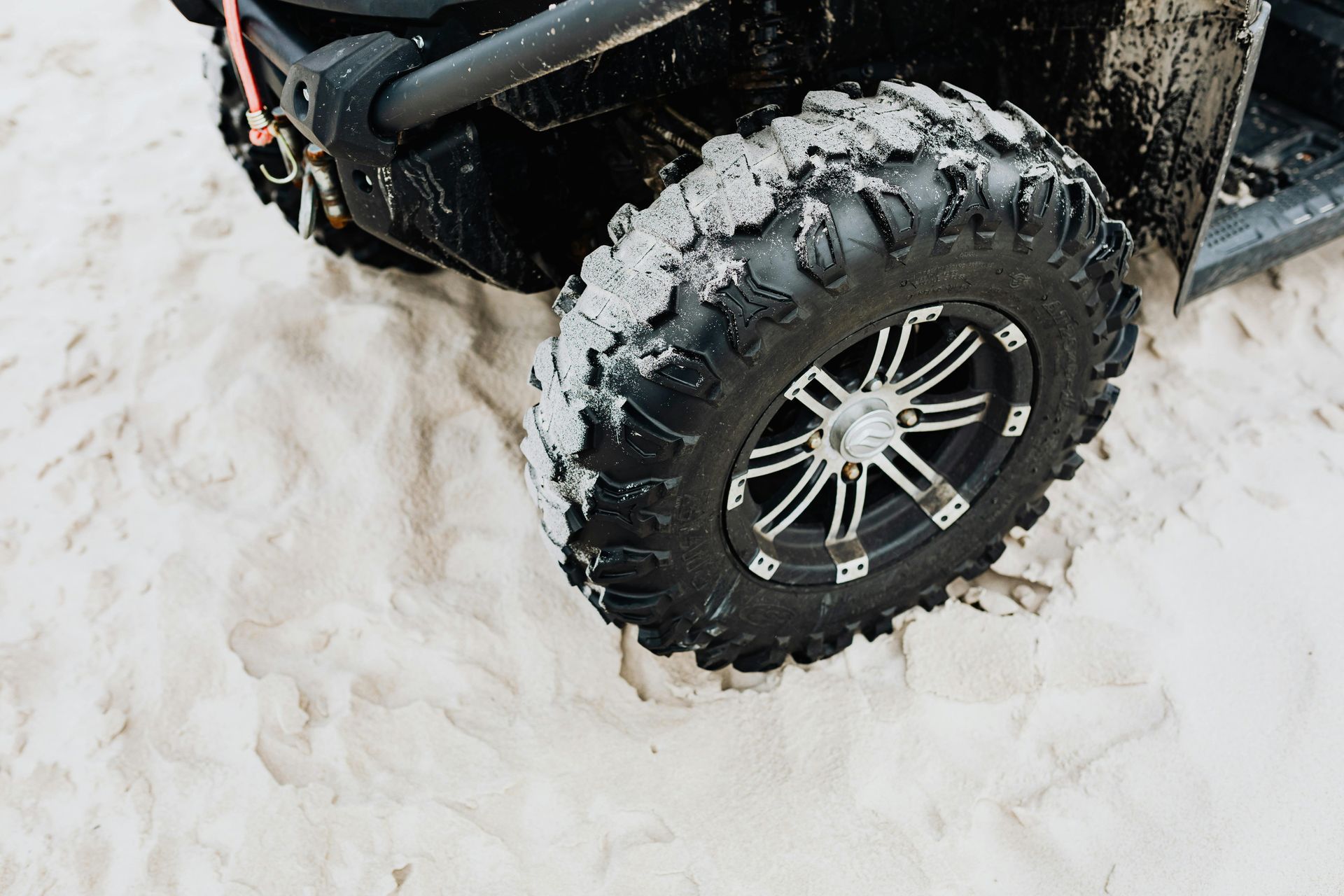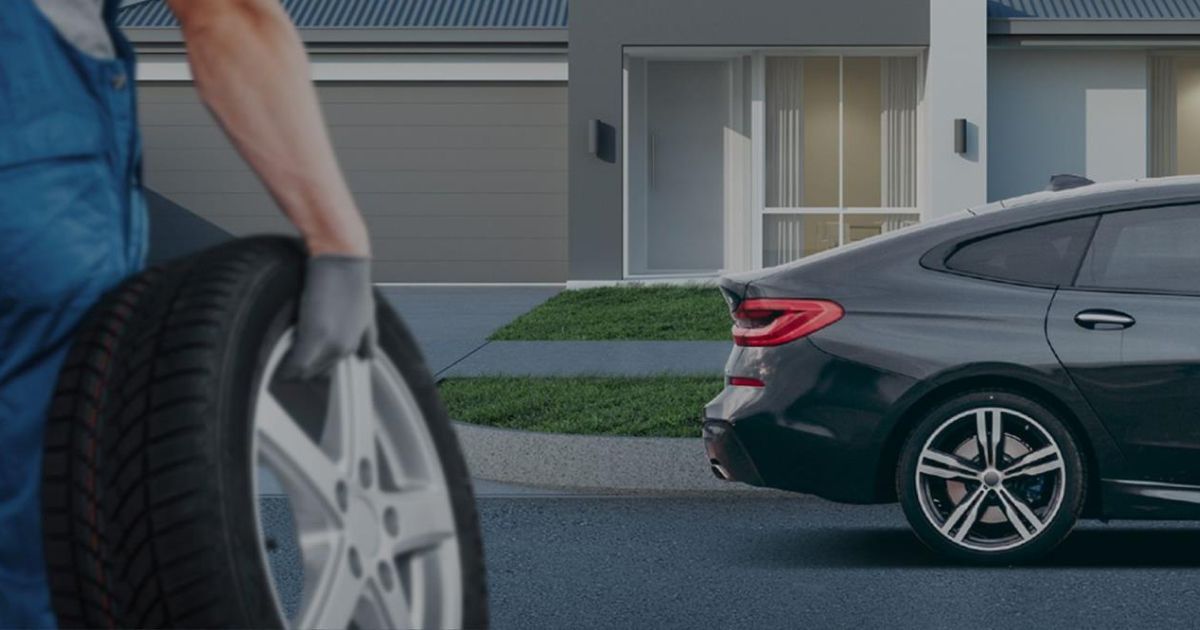Did you know a small puncture in a tire can often be fixed? This can save you from the cost of a new tire. But, if the puncture is big or on the sidewall, you might need a new tire. This is because big punctures or those on the sidewall can lead to a blowout.
Patching a tire seems cheaper for small punctures. But, for big wear, damage, or sidewall punctures, a new tire is safer and better value. Knowing the difference can help you make a smart choice.
Key Takeaways
- ¼” or less punctures can usually be repaired, maintaining tire safety.
- Larger punctures, especially on the sidewall, generally require tire replacement.
- Driving on a flat tire can wear down inner linings and cause hidden damage.
- Patching a tire is often a more cost-effective option and can extend the lifespan of the tire if done correctly.
- Replacing a tire provides benefits such as increased traction, better performance, and increased safety.
- Consulting a trained technician is advisable to assess the damage and recommend the best solution.
Understanding Tire Repair Costs
Tire puncture repair costs vary based on several factors. In 2023, fixing a tire can cost between $20 and $50. But, more complex repairs might start at $100 or more.
Minor damages, like small punctures, are usually cheaper. This is especially true if the tire wasn't driven on for long while flat. However, bigger issues, like sidewall damage, can be more expensive. They might even mean you need a new tire.
Repairing the part of the tire that touches the rim can cost between $50 and $150. This depends on how bad the damage is and the type of tire. Tire repair shops adjust their prices based on the damage and the tire's needs.
Here are the average costs for different tire repairs:
- Basic patch or plug: $20 to $50
- Flat tire repairs: $50 to $100
- Damage to the part gripping the rim: $50 to $150
Other things that affect the cost include labor and materials. High-performance tires might cost more because they're made differently. Most tire shops can fix a flat tire in under 30 minutes.
It's important to talk to a tire repair shop to see if fixing or replacing the tire is best. This is especially true for older or badly damaged tires. Tires that have been driven over 10,000 miles without rotation might need to be replaced, not just fixed.
The cost of fixing a tire puncture or sidewall damage depends on the damage, the tire, and local labor prices. Getting a quick and professional check is key for safety and saving money.
When to Choose Tire Replacement
Knowing when to replace tires can save you money and keep your car running well. There are important signs that tell you it's time for new tires. These signs ensure your safety and performance on the road.
Start by checking the tire's tread depth. The safe minimum is 4/32 of an inch. But, experts say to replace tires before they hit this mark. Tires with less than 2/32 of an inch tread should be replaced, no matter their age. Also, tires over six years old need a check-up, even if they look good.
Damage to the tire is another key factor. Punctures, bulges, or bubbles on the sidewall mean it's time for a new tire. These can lead to blowouts. Tread wear or damage from low pressure also mean it's time for new tires, for safety's sake.
Uneven tire wear is another sign. It can come from misaligned wheels or worn-out parts. Keeping your tires properly inflated and rotating them regularly can prevent this. But, if uneven wear happens, replacing the tire is safer and more cost-effective.
While fixing tires might seem cheaper, replacing them is often better in the long run. It's safer and improves your car's performance. Regular checks and basic care can help you know when to replace tires. This ensures a safe and smooth drive.
Is it cheaper to patch a tire or replace it?
Choosing between patching or replacing a tire often comes down to cost. Patching can cost between $10 and $50, depending on the type of repair. On the other hand, replacing a tire can cost less than $200, but prices can vary.
For example, replacing a 22-inch tire on a Range Rover Sport can cost about $450 each after taxes. But, the decision isn't just about money. The tire's tread life is also important.
Low-profile tires, lasting 20,000 to 25,000 miles, might not be worth patching if they're almost worn out. The damage's location and severity also matter. Experts say to replace a tire if the puncture is in the middle 60% or near the sidewall for safety.
Groups like the National Highway Traffic Safety Administration (NHTSA) suggest using both plug and patch for repairs. The U.S. Tire Manufacturers Association also says a plug or patch alone isn't enough. So, it's important to think about both the immediate cost and future safety risks.
Modern cars need even tires for best performance. Uneven tread can cause driving issues and wear down other tires. Also, bad tire repairs can lead to serious injuries, making safety a key factor.
In the end, whether to patch or replace a tire depends on your situation. Patching might save money short-term, but replacing ensures safety and peace of mind. Patches and plugs can last up to 10 years or 25,000 miles if done right. But, always follow expert advice to keep safety first.
Conclusion
Choosing to patch or replace a tire depends on the repair cost and safety. Small punctures in the tread can be fixed for less money. This can make your tire last longer and save you money.
But, the damage's location and how bad it is matters a lot. Sidewall punctures usually mean you need a new tire. Patches might not work well in these areas.
If your tire's tread is down to 2/32 inches or has big damage, you need a new one. Getting a new tire makes your car drive better, safer, and more fuel-efficient. Although it costs more upfront, the benefits last a long time.
Whether to fix or replace a tire depends on its age, damage, and expert advice. While fixing tires can save money, safety and performance come first. Keeping up with tire checks and following the maker's advice helps save money and stay safe on the road.














